In the dense, humid forests of the Amazon basin lives one of evolution’s most fascinating anomalies – the hoatzin bird, whose chicks bear a remarkable prehistoric feature that seems to have leapt straight from the Mesozoic era. Unlike any other modern bird species, hoatzin chicks are born with functional claws on their wings, allowing them to climb through the forest canopy with remarkable dexterity. This extraordinary adaptation provides a living window into avian evolution and represents one of the most visible connections between modern birds and their dinosaur ancestors. The hoatzin’s wing claws have captivated scientists and nature enthusiasts alike, earning these unusual birds the nickname “prehistoric wings” and cementing their status as evolutionary marvels in the modern world.
The Hoatzin: An Evolutionary Enigma
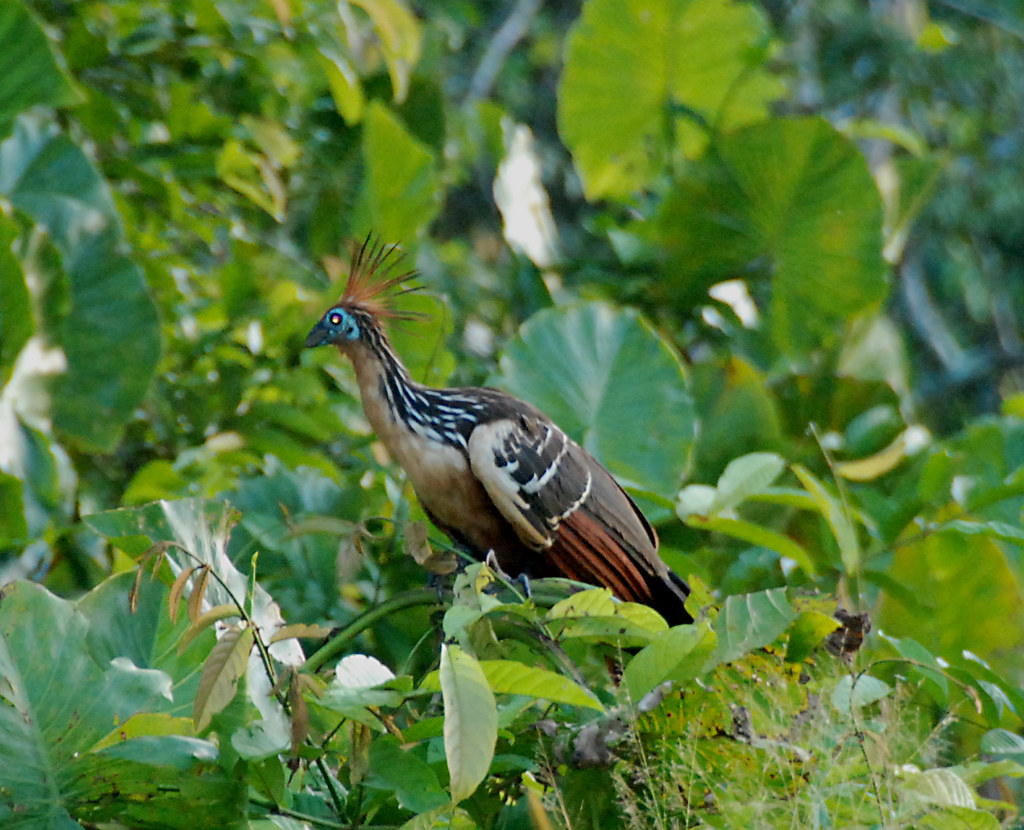
The hoatzin (Opisthocomus hoazin) is a unique bird species native to the Amazon and Orinoco basins of South America, where it inhabits swamps, riparian forests, and mangroves. Taxonomically isolated with no close living relatives, scientists have struggled to classify this peculiar bird, sometimes placing it in its own family and order. Beyond its wing claws, the hoatzin possesses other unusual characteristics including a specialized digestive system that ferments vegetation similar to cows, earning it the unflattering nickname “stinkbird” due to the resulting manure-like odor. With its spiky crest, bright blue face, and reddish-brown plumage, this chicken-sized bird stands out as one of evolution’s most remarkable oddities, presenting a fascinating case study in convergent and divergent evolutionary pathways.
The Remarkable Wing Claws: A Dinosaur Legacy
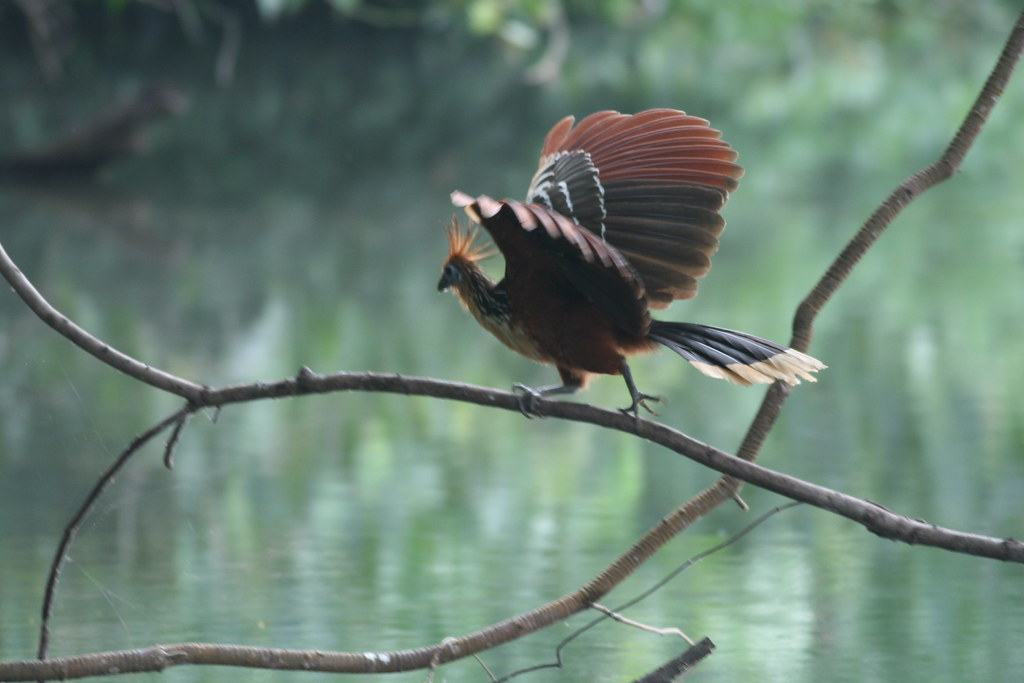
The most striking feature of hoatzin chicks is undoubtedly their wing claws – two functional digits tipped with sharp claws that protrude from the leading edge of each wing. These claws emerge from the bird’s first and second fingers, positioned exactly where Archaeopteryx and other primitive birds had similar structures. Unlike vestigial structures with no purpose, these claws are fully functional, allowing young hoatzins to grip branches and climb with remarkable agility. The claws gradually diminish as the birds mature, eventually becoming unnoticeable in adults when the wing feathers fully develop. This developmental pattern mirrors what paleontologists believe occurred during avian evolution, when wing claws became less prominent as flight capabilities evolved, making the hoatzin a living model of this evolutionary transition.
Archaeopteryx Connection: The Missing Link
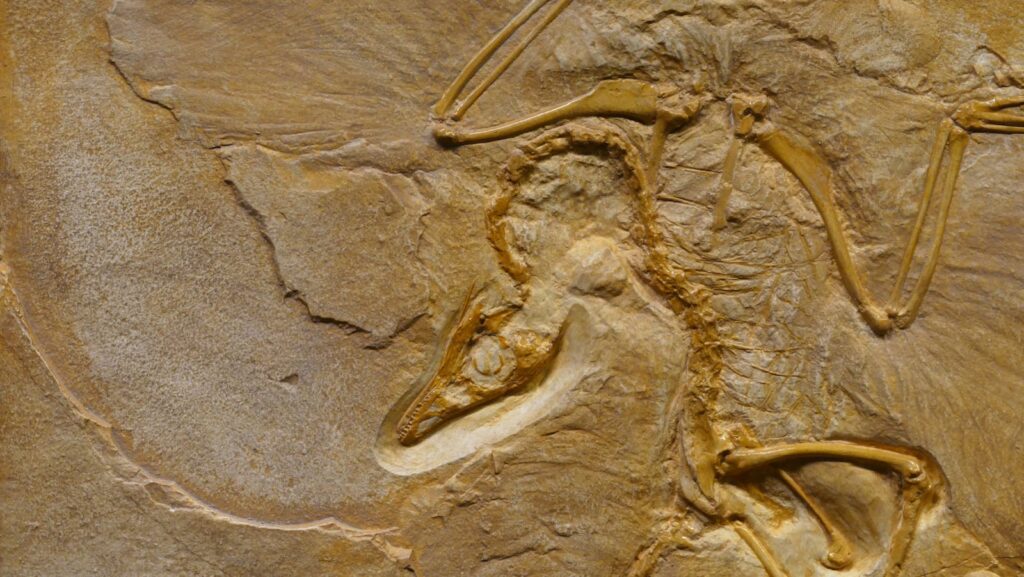
The similarities between hoatzin chicks and Archaeopteryx, often considered the transitional species between dinosaurs and birds, are remarkably compelling. Archaeopteryx fossils from the Late Jurassic period (approximately 150 million years ago) show prominent clawed digits on their wings, structurally similar to those found on modern hoatzin chicks. These ancient creatures likely used their claws for climbing and perching, much like young hoatzins do today. The parallel is so striking that some early ornithologists mistakenly believed hoatzins were direct descendants of Archaeopteryx, though modern genetic analysis has disproven this direct lineage. Nevertheless, the morphological similarities provide a fascinating glimpse into how early birds may have moved through their environment before the complete evolution of modern flight capabilities.
An Escape Mechanism: Diving to Safety
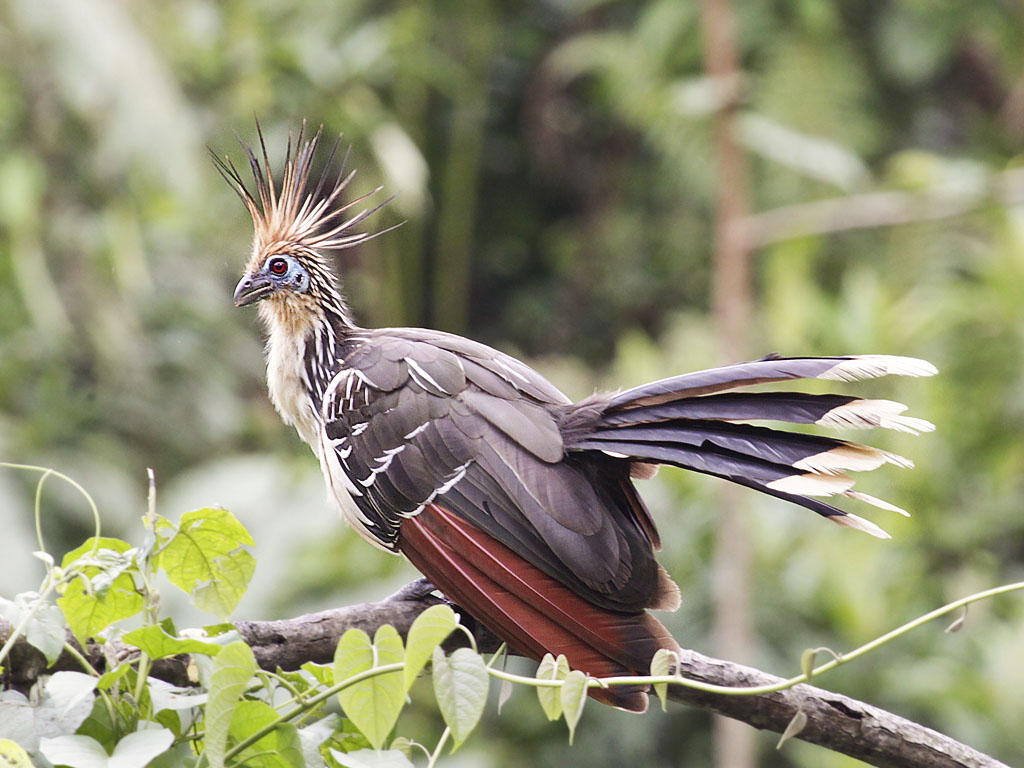
The hoatzin’s wing claws form part of a remarkable survival strategy that has helped these birds thrive in predator-rich environments. When threatened, hoatzin chicks perform a death-defying escape routine by dropping from their nest directly into the water below, an impressive feat considering nests are typically built over water. After their plunge, the chicks use their wing claws to climb back up to the safety of the nest or nearby branches once the danger has passed. This behavior allows young hoatzins to escape predators during their most vulnerable stage when they cannot yet fly. The combination of swimming ability and climbing prowess using wing claws creates a unique survival adaptation not seen in any other modern bird species, demonstrating how this ancient feature continues to serve a vital purpose.
Convergent Evolution or Ancient Trait?
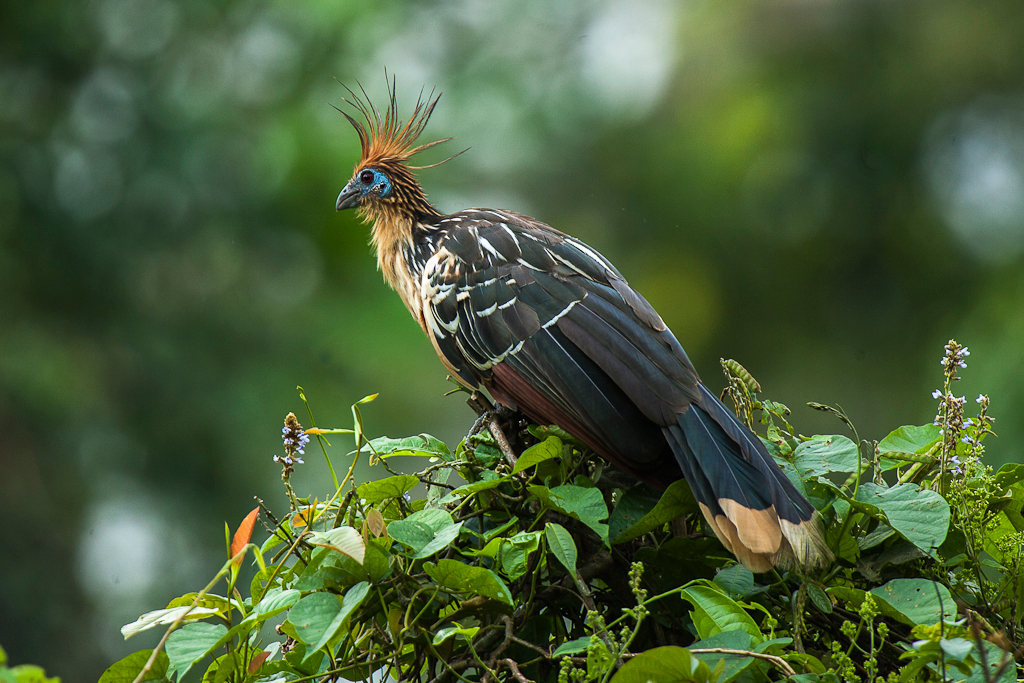
The presence of wing claws in hoatzin chicks raises a fascinating evolutionary question: do these structures represent a retained ancestral trait from dinosaur ancestors, or did they evolve independently through convergent evolution? Most evidence points to these claws being an example of neoteny – the retention of juvenile traits into adulthood – where hoatzins have preserved an ancient characteristic that most other birds have lost. Recent genetic studies support this theory, showing that the developmental genes controlling digit formation in hoatzins retain patterns similar to those found in more primitive vertebrates. The alternative possibility of convergent evolution seems less likely given the structural and developmental similarities to prehistoric avian ancestors. This retention of an ancestral trait provides scientists with a living laboratory for studying evolutionary development across millions of years.
Anatomy of the Wing Claws: Form and Function
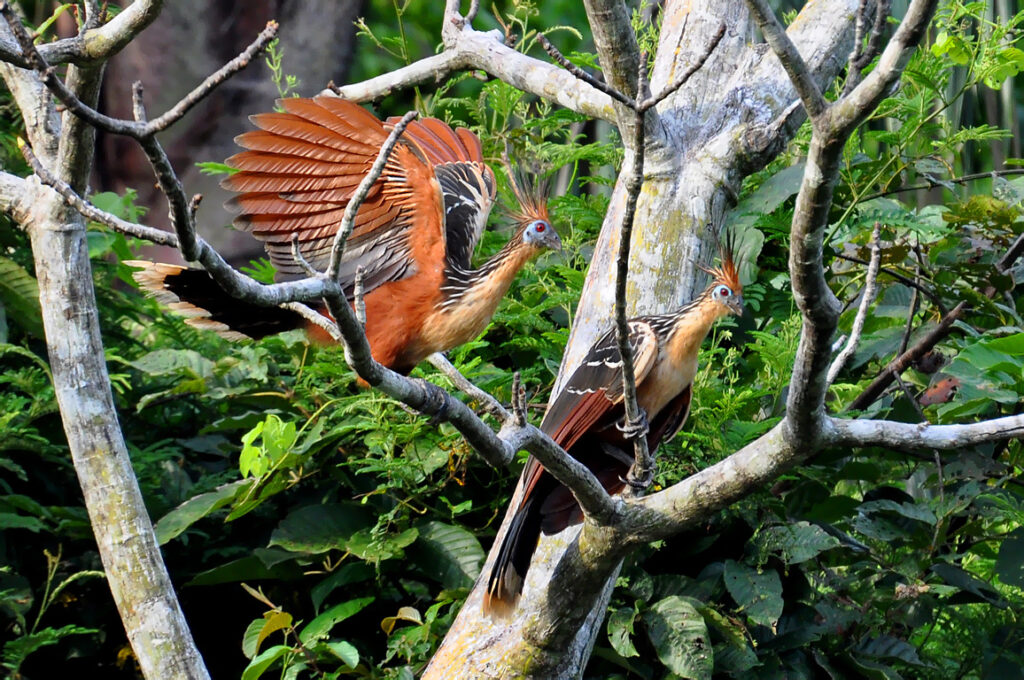
The wing claws of hoatzin chicks are not merely cosmetic curiosities but fully functional anatomical structures with specific adaptive purposes. Each claw emerges from a modified digit complete with its own musculature, nerves, and blood supply, allowing for independent movement and precise control. The claws are covered with a keratin sheath similar to that found on modern bird talons and mammalian claws, providing durability and maintaining a sharp point for effective gripping. Biomechanical studies have shown these claws can support the entire weight of the chick during climbing activities, with specialized joints that allow for both extension and flexion movements. The precise anatomical arrangement demonstrates that these are not vestigial structures but highly adapted tools that play a crucial role during the juvenile stage of the hoatzin’s life cycle.
The Developmental Timeline: From Clawed Chick to Adult
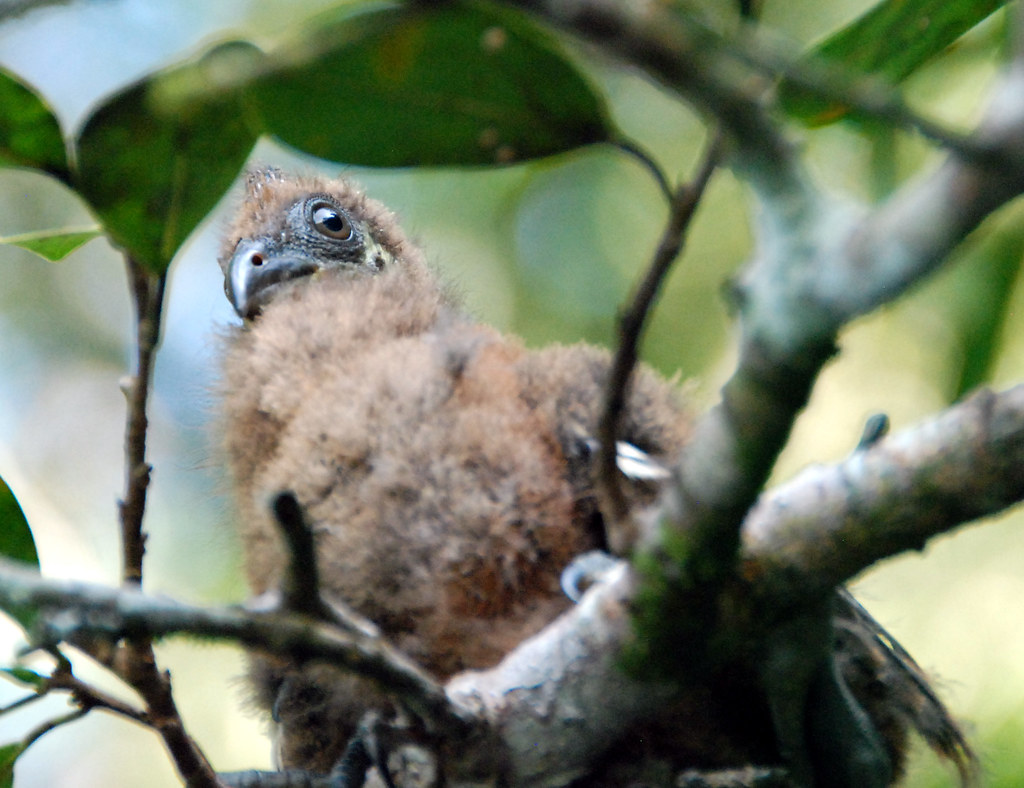
The lifecycle of the hoatzin’s wing claws follows a fascinating developmental trajectory that mirrors evolutionary history. When chicks first hatch, their wing claws are prominently visible and immediately functional, allowing the young birds to start climbing within days of hatching. During the first 8-10 weeks of life, hoatzin chicks rely heavily on these claws for mobility and escape behaviors. As the birds mature and wing feathers develop more fully, the claws gradually become less prominent, eventually becoming hidden beneath the adult plumage. This developmental sequence provides a visual representation of the evolutionary process that transformed dinosaur forelimbs into bird wings over millions of years. By studying the genetic and hormonal factors controlling this developmental timeline, scientists gain insights into the mechanisms that drove avian evolution from theropod dinosaurs.
Fossil Evidence: The Evolutionary Timeline
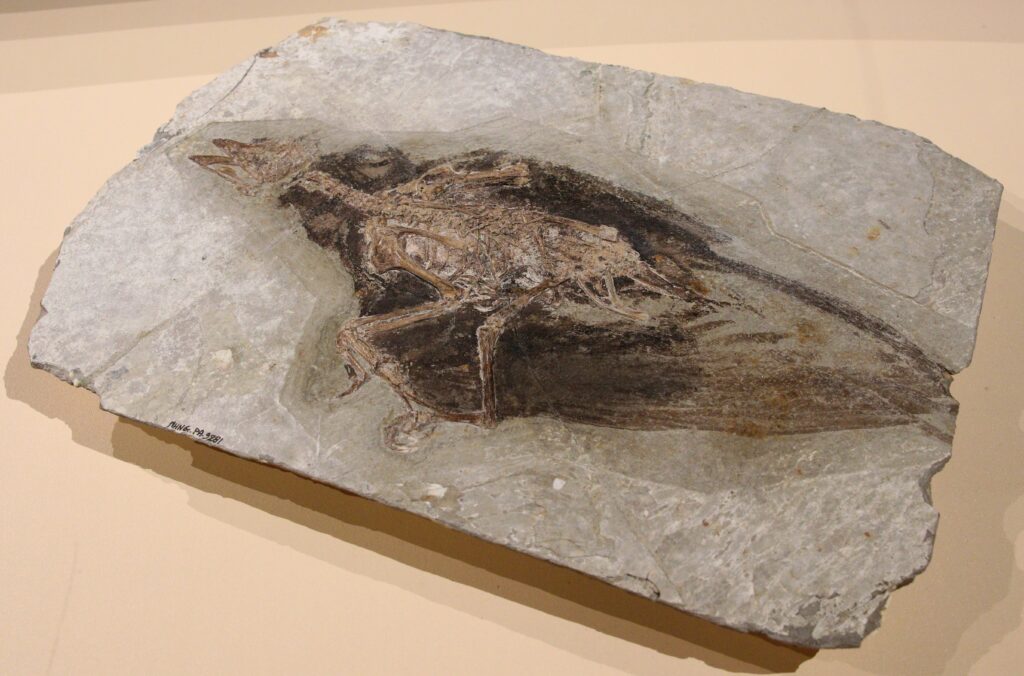
The fossil record provides compelling evidence for the evolutionary path that led to the hoatzin’s unusual wing claws. Numerous theropod dinosaur fossils show the gradual modification of forelimbs, with progressive reduction in the number and size of digits. The famous Archaeopteryx fossils from the Late Jurassic show a transitional form with well-developed wing claws, while later avian ancestors like Confuciusornis from the Early Cretaceous demonstrate a further reduction in these structures. By the end of the Cretaceous period, most avian lineages had lost functional wing claws entirely, with modern birds typically developing wings without visible external digits. The hoatzin represents a remarkable exception to this evolutionary trend, preserving a trait that most bird lineages eliminated over 100 million years ago. This evolutionary timeline, documented through fossils, helps contextualize the hoatzin’s unique position as a living fossil of sorts.
Genetic Mysteries Behind the Claws
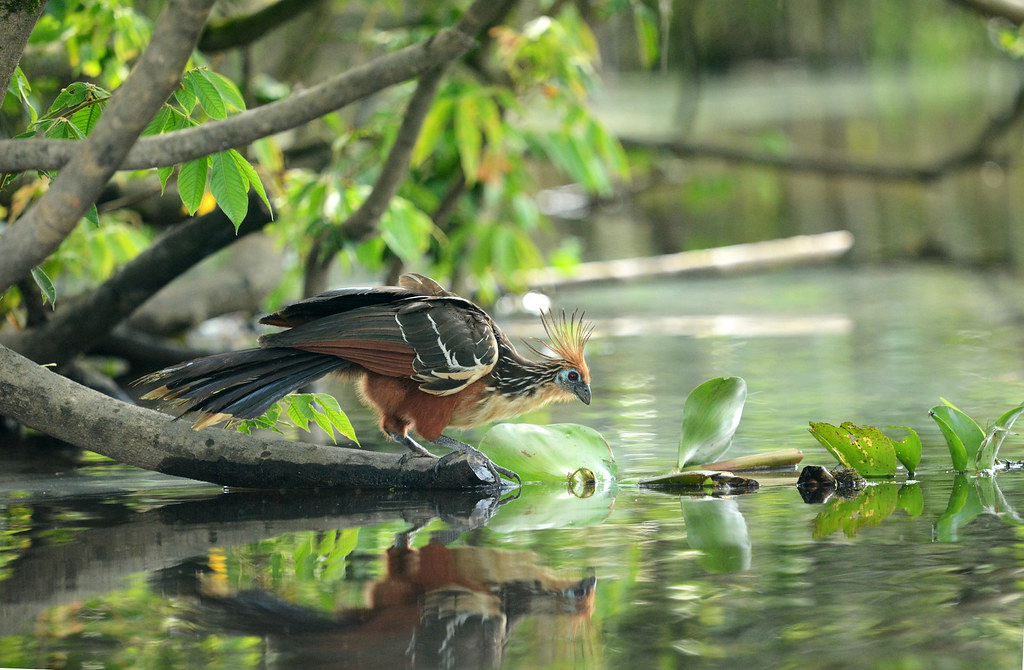
The genetic basis for the hoatzin’s wing claws represents one of the most fascinating aspects of their biology, involving complex developmental pathways that most other birds have modified or lost. Recent studies examining the Hox genes, which control digit formation in vertebrates, show that hoatzins express these genes in patterns more similar to reptiles than to most modern birds. The retention of functional BMP (Bone Morphogenetic Protein) signaling in the wing digits allows for the development of these claws, whereas in most birds, this signaling is suppressed in the wings. Comparative genomic analyses have identified several regulatory elements unique to hoatzins that may explain why they retain this ancestral trait when other birds do not. Understanding these genetic mechanisms provides valuable insights into evolutionary developmental biology and the genetic toolkit that transformed dinosaur limbs into bird wings.
Other Dinosaur-Like Traits in the Hoatzin
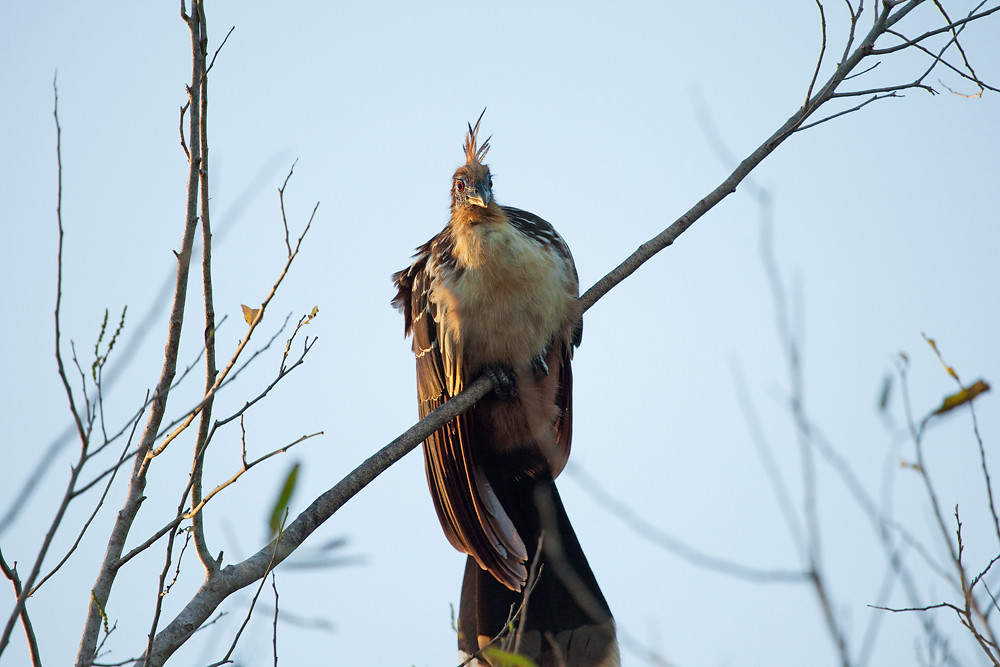
The wing claws are not the only prehistoric characteristics that make the hoatzin a living window into dinosaur evolution. These birds possess an unusual keel-less sternum (breastbone) that differs significantly from the pronounced keel found in most flying birds, resembling more primitive avian ancestors. Their unique digestive system, which includes bacterial fermentation in an enlarged crop, has parallels to what scientists believe some herbivorous dinosaurs may have utilized. The hoatzin’s skull structure and beak morphology also show several primitive characteristics not found in most modern birds. Even their nesting behavior, building simple platform nests directly above water, may represent a retention of ancestral nesting strategies. Collectively, these traits make the hoatzin one of the most evolutionarily distinct birds alive today, offering multiple connections to their dinosaurian heritage beyond just the famous wing claws.
Comparative Biology: Other Modern Birds with Claws
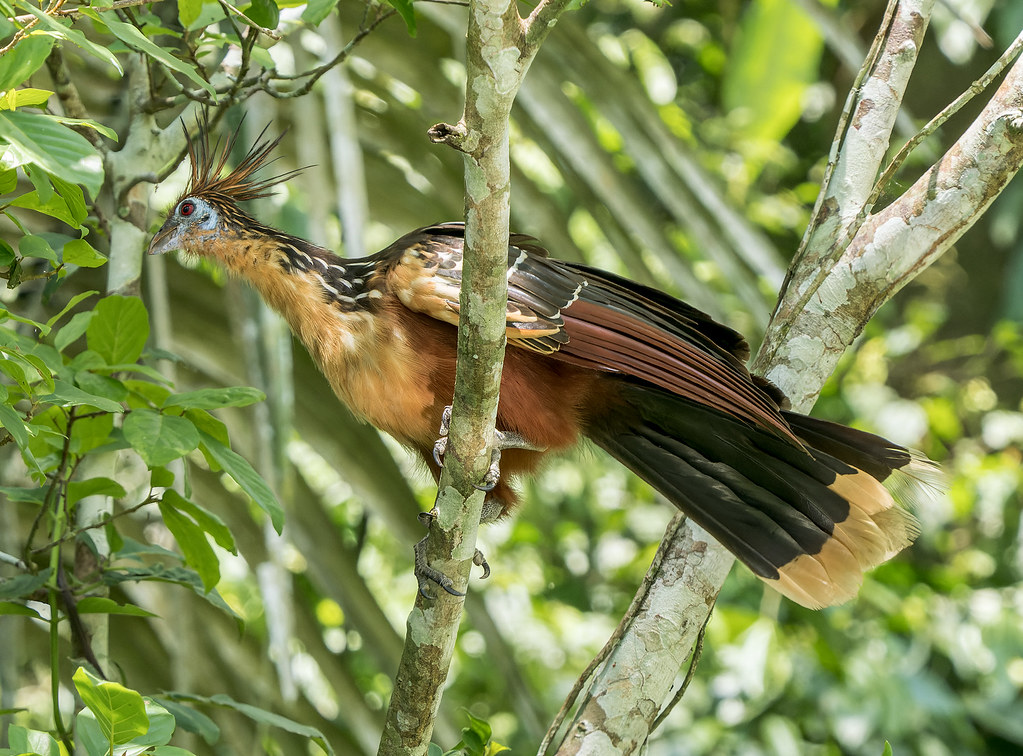
While the hoatzin’s functional wing claws are unique among living adult birds, they are not the only modern species that shows vestigial evidence of their dinosaur ancestry. The juvenile African turaco possesses a small claw on its wing that has limited functionality compared to the hoatzin’s more developed structures. Similarly, the young of some waterfowl species like ducks and geese have small bumps on their wings that represent highly reduced claws with no practical function. The ostrich, emu, and cassowary have retained a claw on their wings, though these are single, small structures unlike the hoatzin’s more prominent double claws. These comparative examples across different bird lineages suggest that the genetic blueprint for wing claws remains present in the avian genome, though typically suppressed during development in most species except the hoatzin, where it serves a critical survival function.
Conservation Implications: Protecting a Living Fossil
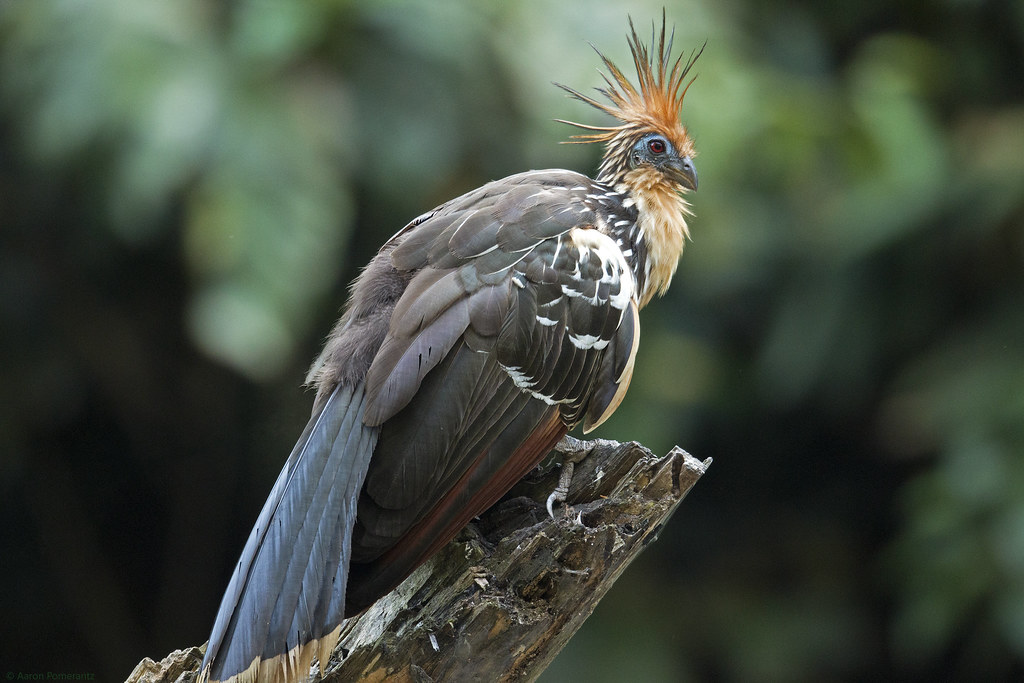
The hoatzin’s unique evolutionary significance makes its conservation particularly important for preserving biodiversity and evolutionary heritage. Currently classified as a species of “Least Concern” by the IUCN, hoatzin populations face increasing threats from habitat loss as Amazonian forests are cleared for agriculture, ranching, and development. Climate change presents additional challenges, as rising temperatures and changing rainfall patterns affect the flooded forest habitats where hoatzins breed and feed. Conservation efforts focus on protecting riparian forests and mangrove ecosystems throughout the bird’s range in South America. Several protected areas and national parks now include monitoring programs specifically designed to track hoatzin populations and breeding success. By preserving this evolutionary marvel, conservationists are protecting not just another bird species, but a living connection to the distant prehistoric past that helps scientists understand the dinosaur-bird transition.
Cultural Significance and Human Interactions
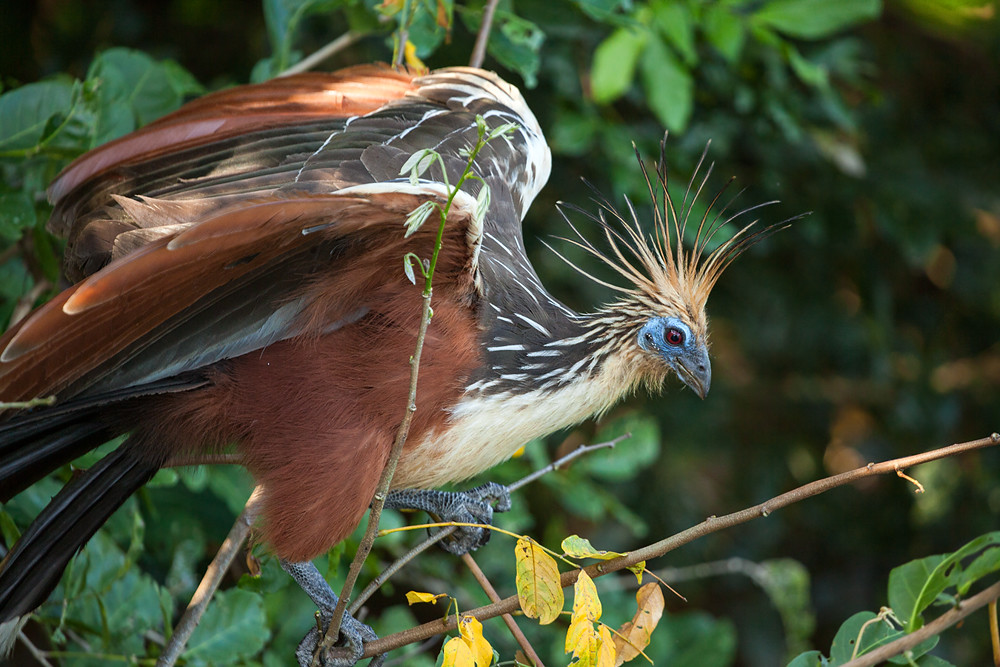
The hoatzin has long captured human imagination across the cultures of its native range, where indigenous peoples have developed various myths and stories about this unusual bird. In some Amazonian cultures, the hoatzin is considered a sacred creature, believed to possess magical properties due to its strange appearance and behavior. Early European explorers were similarly fascinated, with some believing they had discovered a living link to prehistoric times, leading to the bird’s nickname “prehistoric wing” or “flying dinosaur.” Today, the hoatzin attracts ecotourists to regions of South America where it can be reliably spotted, creating economic incentives for local communities to protect their habitat. Scientific interest in the species continues to grow as researchers from disciplines ranging from evolutionary biology to genetics study this living window into avian evolution, making the hoatzin an ambassador species connecting humans to Earth’s distant evolutionary past.
The hoatzin stands as one of nature’s most remarkable evolutionary tales – a modern bird carrying visible evidence of its dinosaur heritage. Its chicks’ functional wing claws provide not just a survival advantage in their Amazonian habitat but also offer scientists and nature enthusiasts a tangible connection to the prehistoric world. As we continue to unravel the genetic and developmental mysteries behind these unusual structures, the hoatzin reminds us that evolution is not simply a linear march forward but a complex process where ancient traits can persist when they continue to serve useful functions. By protecting these living fossils and their unique adaptations, we preserve not only an extraordinary species but also a crucial chapter in the story of life on Earth – one that connects the mighty dinosaurs of the past to the birds that fill our skies today.
